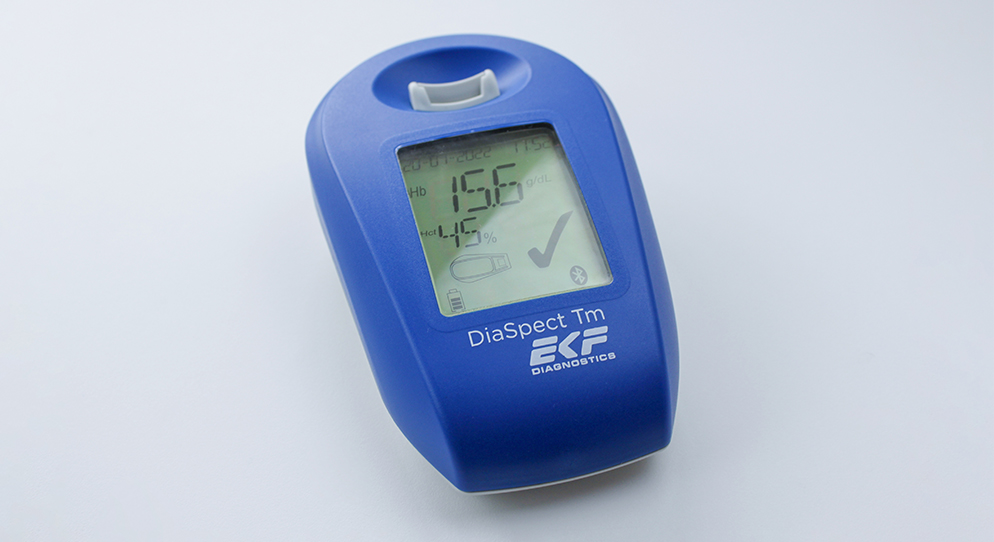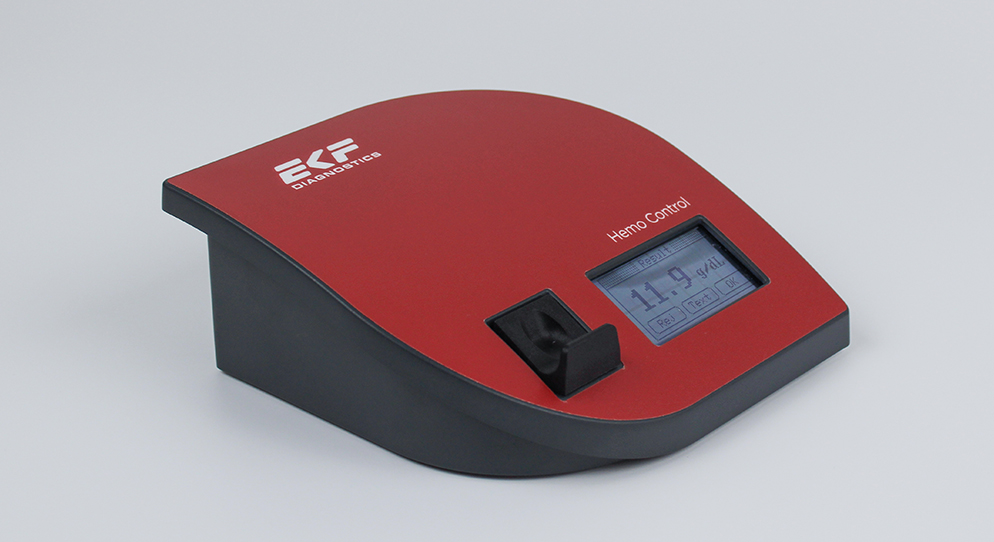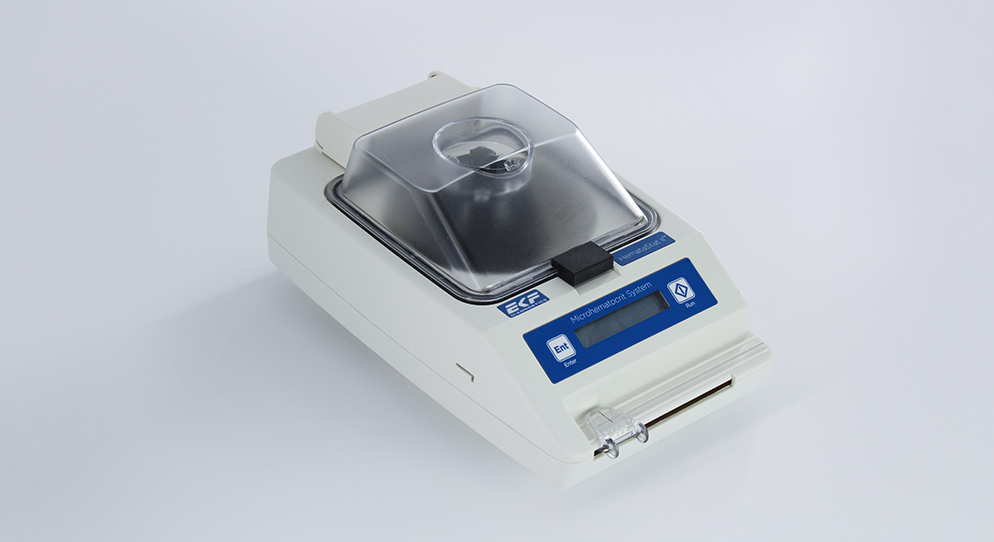What is Anemia?
Anemia is a condition where the number of healthy red blood cells or the level of hemoglobin, a protein in red blood cells that carries oxygen, is too low to meet the body’s needs. Hemoglobin plays a critical role in transporting oxygen to tissues and organs and removing carbon dioxide and waste products. In 2021, approximately 1.6 billion individuals worldwide were affected by anemia, representing about 24% of the global population.[1]
Factors such as age, gender, altitude, and pregnancy can influence the body’s need for hemoglobin. The proportion of red blood cells in the blood is called hematocrit (Hct) or packed cell volume (PCV). Most of the body’s iron is found in hemoglobin, with additional reserves stored as ferritin. While specific durations can vary among individuals, studies have shown that healthy men generally have higher iron stores compared to women. Healthy men have a total body iron content of about 3.5 grams, whereas women have approximately 2.5 grams, making them more susceptible to iron deficiency.[2]
Anemia can result from poor iron intake, deficiencies in folate, vitamin B12, or vitamin A, and certain diseases like chronic inflammation, cancer, or genetic conditions such as sickle cell disease and thalassemia. Symptoms of anemia include fatigue, shortness of breath, dizziness, cold hands and feet, pale skin, and chest pain.
Who Is at Risk?
- Women of Childbearing Age:
Blood loss from menstruation and the increased demand for blood during pregnancy make women particularly vulnerable to anemia. During pregnancy, blood volume increases by 40-50%[3], requiring more iron and folic acid than diet alone can typically provide. Postpartum hemorrhage (PPH), or significant blood loss during delivery, is another risk factor. - Children:
Anemia is most common in preschool children, affecting 39.8% globally.[4] Rapid growth increases their need for hemoglobin, and conditions like sickle cell disease, parasitic infections, or poor nutrition can contribute to anemia. - Adolescent Girls:
Heavy or prolonged menstruation can lead to anemia. Iron supplementation and other treatments can improve symptoms and quality of life. - Toddlers:
High milk consumption in toddlers can result in iron deficiency, as milk is low in iron and inhibits its absorption. Introducing iron-rich foods after six months and limiting cow’s milk intake to less than 500 mL/day can help prevent this. - Surgical or Injury Patients:
Patients recovering from surgery or injuries need careful monitoring of hemoglobin levels to avoid anemia from blood loss. - Medication Users:
Medications like blood thinners or anti-inflammatory drugs can exacerbate gastrointestinal bleeding, increasing the risk of iron deficiency anemia.

Capillary Blood Sampling for Hemoglobin Testing
The Importance of Accurate Sampling
Capillary blood sampling, often via fingerstick, is widely used for point-of-care (POC) testing, especially in areas with high anemia prevalence. However, hemoglobin results can vary significantly if proper techniques aren’t followed.
Key factors for accurate results include:
- Lancet Depth: For adults, the puncture depth should be 1.85-2.25 mm; for children under eight, it should not exceed 1.5 mm.[5]
- Puncture Site: Use the middle or ring finger of the non-dominant hand, avoiding areas with calluses, nerve endings, or arterial pulses.
- Cleaning and Drying: Clean the site thoroughly and ensure it’s completely dry to avoid contamination or dilution of the sample.
- Pressure Application: Apply gentle pressure to stimulate blood flow but avoid pressing too hard, which can dilute the blood with tissue fluid.
Timing and Blood Flow
The first 1-3 drops of blood often show variable hemoglobin levels and should be wiped away. The 4th drop generally provides the most accurate measurement, as capillary flow stabilizes for about 30-45 seconds.[6] After this, clotting can occur, leading to inaccurate results.
Healthcare providers can minimize pre-analytical errors and achieve reliable hemoglobin measurements by ensuring spontaneous blood flow and adhering to standardized techniques.
Steps for Taking a Proper Capillary Blood Sample
- Prepare and Sanitize:
Wash your hands and put on non-sterile gloves. Gather all the necessary supplies. - Choose the Right Finger:
Use the middle or ring finger on the non-dominant hand. Make sure the patient isn’t wearing rings on that hand. - Ensure Comfort and Warmth:
Confirm the patient is seated comfortably, and their hand is warm and relaxed. - Select and Clean the Puncture Site:
Choose a spot slightly off-center on the fingertip. Disinfect the area and dry it thoroughly. - Encourage Blood Flow:
Gently massage the finger towards the tip (but not past the first knuckle) to promote blood circulation. - Make the Puncture:
Use a lancet to make a small incision on the upward-facing side of the fingertip. Wait a few seconds for blood flow to begin and avoid squeezing finger. - Wipe the First Drops:
Wipe away the first 2-3 drops of blood. Ensure free-flowing blood before collecting the sample. - Fill the Cuvette Properly:
Allow a single large drop of blood to form and fill the cuvette completely in one attempt. Avoid refilling or letting air bubbles form. - Follow Manufacturer Instructions:
Always refer to the hemoglobin analyzer’s guidelines for accurate results.
By following these steps, you can ensure reliable and accurate hemoglobin measurements.
Summary
Understanding hemoglobin levels and anemia is crucial for effective healthcare, especially in vulnerable populations like children, women of childbearing age, and those recovering from surgery. Capillary blood sampling plays an essential role in providing quick, accurate hemoglobin results, but it requires attention to detail to avoid errors. By following the correct techniques for lancet depth, puncture site, and timing, healthcare providers can ensure the reliability of their measurements. At EKF Diagnostics, we are committed to providing high-quality diagnostic solutions, including reliable hemoglobin testing tools that support the accurate management of anemia. Explore our range of products today and take the next step in improving patient outcomes.
Sources:
[1] Institute for Health Metrics and Evaluation. (2021). Global Burden of Disease Study 2021: Anemia prevalence and trends. Retrieved from https://www.healthdata.org
[2] Gerber, G. F. (n.d.). Iron Deficiency Anemia. Merck Manual Professional Edition. Retrieved from https://www.merckmanuals.com
[3] The American Journal of Clinical Nutrition. (n.d.). Pregnancy-induced changes in blood volume and iron requirements. Retrieved from https://ajcn.nutrition.org
[4] World Health Organization. (2023). Anemia in women and children. Retrieved from https://www.who.int
[5] Clinical and Laboratory Standards Institute. (2016). Collection of capillary blood specimens (7th ed.). Retrieved from https://clsi.org
[6] Hemoglobin. (n.d.). Steps to follow to take a sample of capillary blood properly. Retrieved from https://hemoglobin.eu
NOTE: this guide is for information purposes only, and is not intended for use in patient diagnostics, screening, monitoring, or for making treatment decisions.







